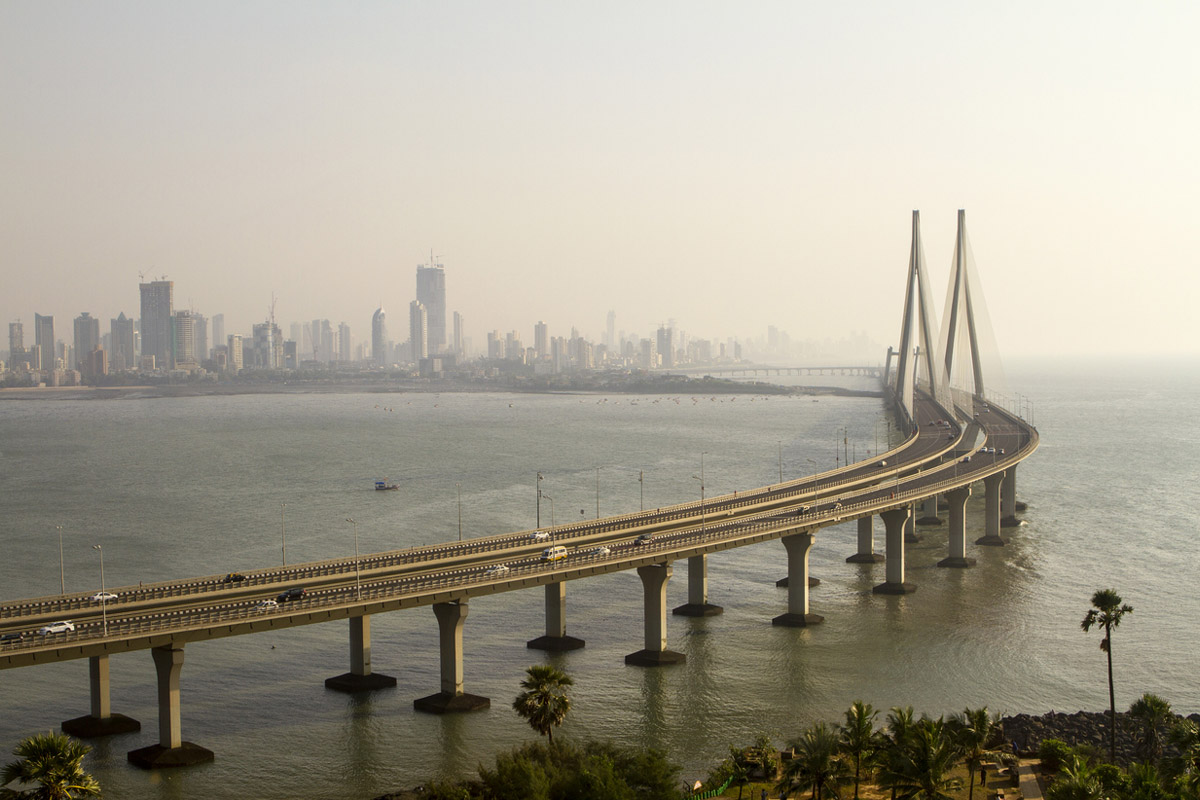State gears up for Tribeni Kumbh fest: Celebration from 10 Feb
The government has directed the Hooghly district administration to take all necessary measures for the shahi snan (royal bath) at Triveni Sangam on 12 January.
India’s urbanisation is progressing at an unprecedented pace, with the number of statutory towns growing significantly in recent years.

(stock photo)
India’s urbanisation is progressing at an unprecedented pace, with the number of statutory towns growing significantly in recent years. This rapid transformation presents immense opportunities but also challenges, particularly in governance, infrastructure, and planning. The proposed urban governance reforms by the Union government aim to address these challenges with a focus on structural changes, citizen participation, and the rural-urban transition. One of the most critical aspects of these reforms is the empowerment of mayors. Currently, mayors in most Indian cities have limited authority, with their tenure often lasting just a year.
This short term not only undermines their ability to implement long-term policies but also disrupts continuity in governance. By extending mayoral tenure to five years and redefining their roles and responsibilities, the government plans to instil stability in city leadership. Such empowerment, coupled with clear authority to oversee urban development, could enable mayors to become central figures in shaping cities’ futures. Citizen participation is another vital component of the proposed reforms. Urban governance often feels distant to the average resident, with decisions made by bureaucrats or by multiple agencies without adequate public consultation. Strengthening mechanisms for citizen involvement in municipal budgets, area development, and planning can bridge this gap. Active citizen engagement not only ensures that policies are aligned with local needs but also fosters accountability and trust in governance. One persistent issue in urban governance is the multiplicity of agencies performing overlapping roles.
Advertisement
This fragmentation creates inefficiencies and delays, particularly in critical sectors such as public transport, water supply, and road maintenance. The proposed reforms aim to address this by streamlining responsibilities and reducing redundancies. By developing a clear framework for delineating powers between state governments, urban local bodies, and parastatal organisations, the reforms could establish a more coherent and accountable governance structure. The rural-urban continuum presents a unique challenge. Many areas transitioning from rural to urban status lack the necessary planning and infrastructure to support this shift. The absence of a defined framework often leads to unregulated development, as seen in peri-urban regions of major cities. By creating policies that proactively address the needs of these areas ~ such as infrastructure development and clear governance structures ~ the reforms can ensure sustainable and systematic urbanisation. However, successful implementation will require navigating significant obstacles. Resistance from state governments, funding constraints, and the need for capacity building at the municipal level are potential hurdles.
Advertisement
Overcoming these challenges demands political will, coordination across stakeholders, and investments in human resources and technology. If executed effectively, these reforms could revolutionise urban governance in India. Empowered local leaders, streamlined administration, and proactive planning for rural-urban transitions hold the potential to transform cities into hubs of efficiency, inclusivity, and sustainability. As India continues its urban journey, these initiatives could set the stage for a future where urban agglomerations are not only well-managed but also equitable spaces for all residents. It is better to plan for a future that seems inevitable than to present citizens with inhospitable living spaces.
Advertisement